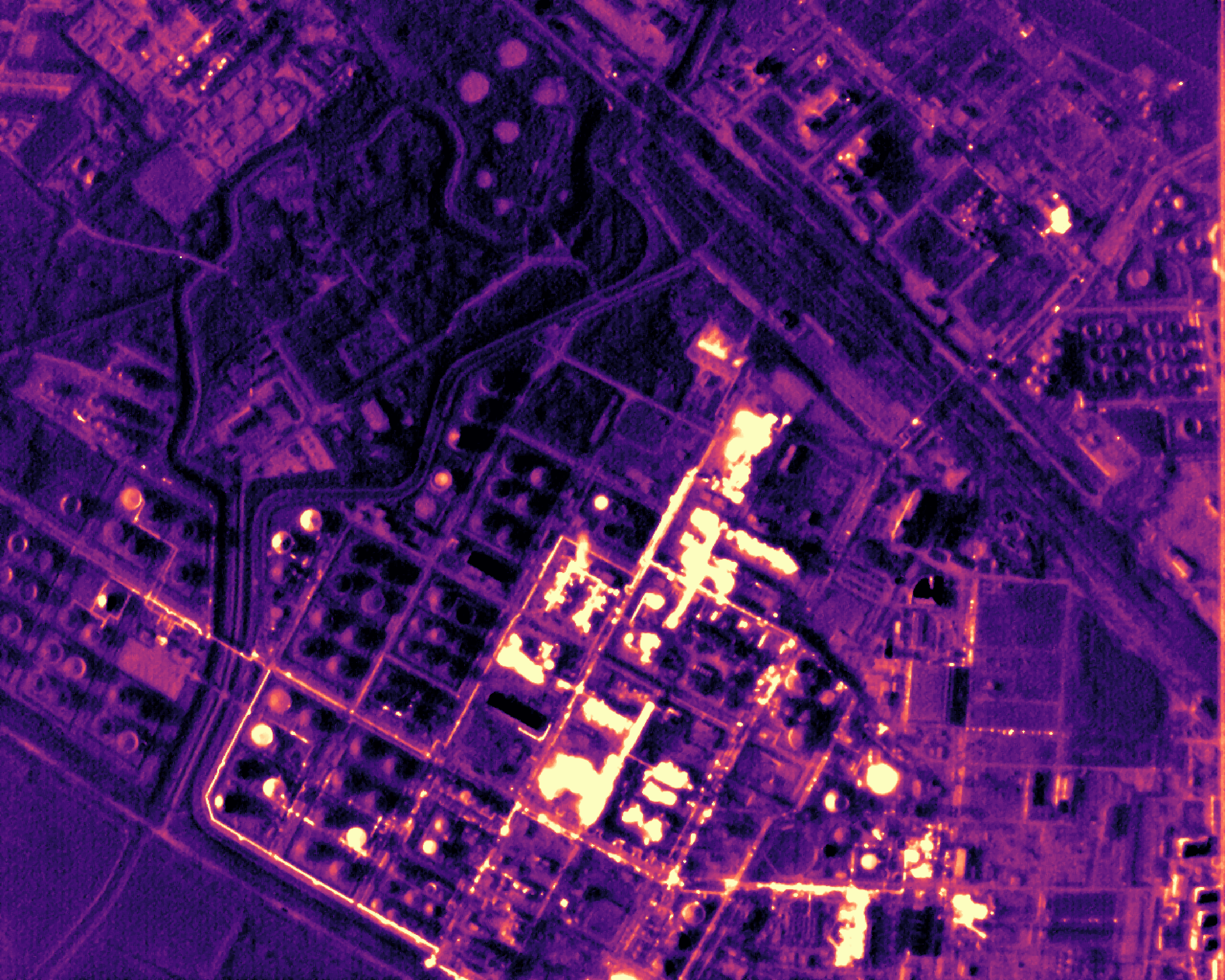Draper Esprit is pleased to announce our participation in the oversubscribed £15 million Series A round of British satellite scale-up Satellite Vu. The round was led by Seraphim Space Investment Trust Plc. Other investors participating include A/O PropTech, Ridgeline Ventures; Earth Science Foundation; E2MC Ventures and Stellar Solutions/Ford Family Trust.
Satellite Vu was founded to bring satellite technology to address our global challenges. The company plans to monitor the temperature of any building on the planet in near real-time using a new satellite technology to determine valuable insights into economic activity, energy efficiency and carbon footprint.
The injection of capital will be used by the company to ramp up plans to launch seven thermal and infrared imaging satellites into space that will be able to provide real-time data on how green every building on the planet is.
George Chalmers, for Draper Esprit said:
“Retrofitting the world’s existing building stock is a key lever for achieving any net-zero roadmap. Currently, we lack the insight necessary to deploy, at scale, the trillions of dollars needed in this area. Consistent and robust data is crucial across every layer of the stack, from government and regulators to financiers and insurers.
“Satellite Vu is bringing a whole new category of data and solutions to these important markets. We believe in its potential to lead the charge in how we measure the energy efficiency and carbon footprint of our built world and deliver on the promises we are making to our planet.”
Anthony Baker, CEO of Satellite Vu, said:
“With COP 26 just around the corner and Europe and parts of the USA having suffered the hottest summer on record, there is growing acceptance that we need to act now to try to mitigate the impacts of climate change on our everyday lives and economy. But while many think of industries such as aviation as some of the least sustainable, the built environment is actually one of the primary polluters across our globe. But regular individual monitoring of these buildings is too expensive both in terms of time and cost, meaning much of the environmental and sustainable ratings are often years out of date. That’s simply not good enough when we clearly need to act now and means many are not aware of just how poorly a building is performing in terms of sustainably.
“Our groundbreaking use of infrared and thermal imaging technology on our satellites will mean that landlords, funders, insurers and governments and regulators will be able to access real-time information at an affordable cost that will provide them with a single source of truth on how sustainable a building really is meaning they can take steps to make that building more sustainable. This latest round of funding means we can look ahead to the launch of our first satellite in late 2022 and start the process of securing delivery slots for the remaining six.”








